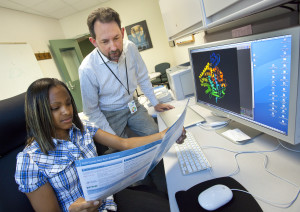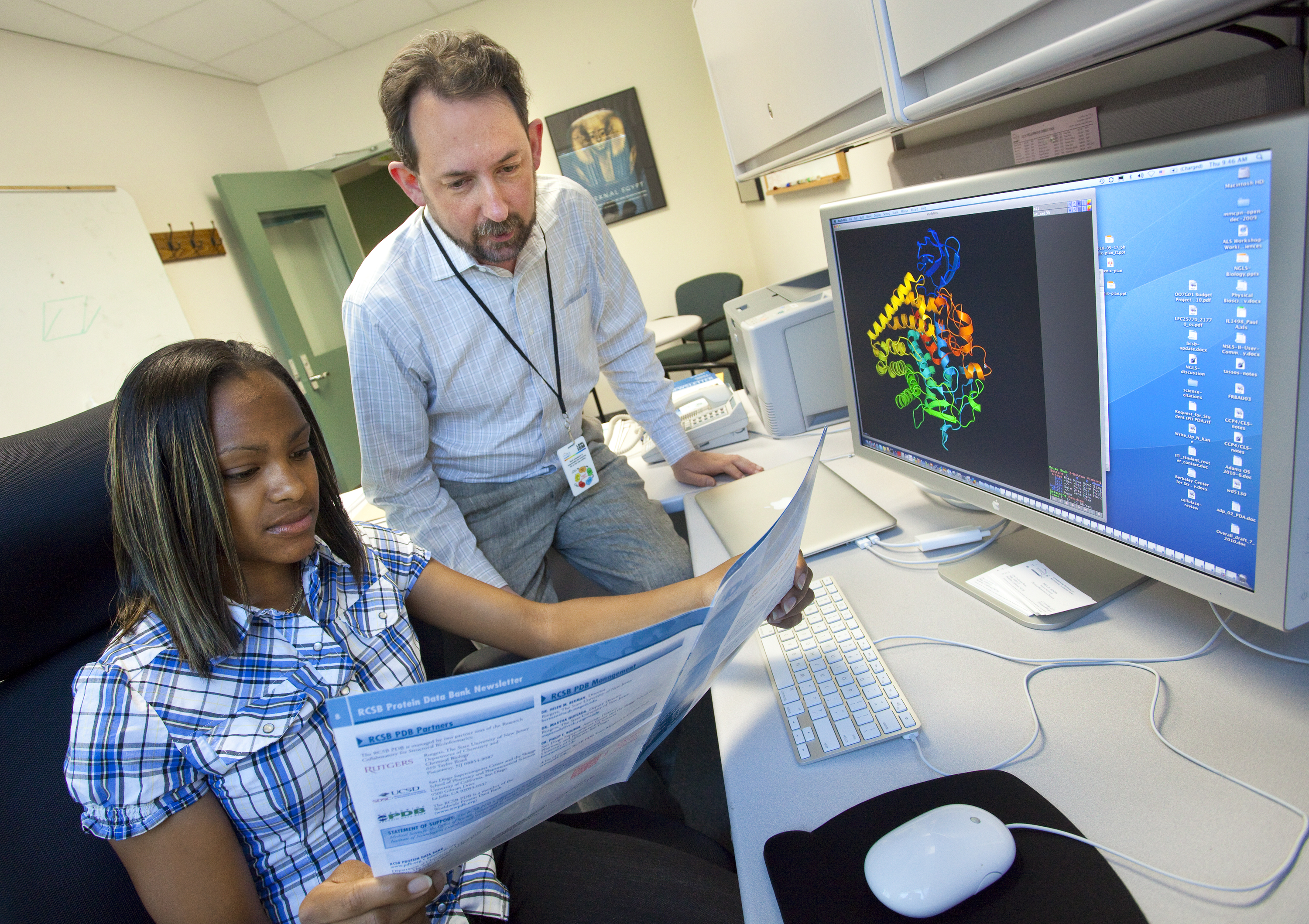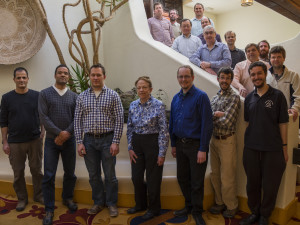 When presenting a new idea, formulating an experiment, or communicating research, all researchers build on the body of previously published literature. By citing earlier articles, authors lay the groundwork for their hypotheses, justify their results, and relay their methods using a common language. Therefore, the number of times articles are referenced by later publications indicates the relevance or importance for subsequent work.
When presenting a new idea, formulating an experiment, or communicating research, all researchers build on the body of previously published literature. By citing earlier articles, authors lay the groundwork for their hypotheses, justify their results, and relay their methods using a common language. Therefore, the number of times articles are referenced by later publications indicates the relevance or importance for subsequent work.
Nature recently released a list of the 100 most-cited articles published between 1900 and 2014 as recorded in the Science Citation Index (SCI). It is not surprising that many of the  highest ranked papers describe methods or software programs essential to researchers. Of the almost 57 million items recorded by the SCI, nearly half have never been cited, more than 18 million have fewer than 10 citations, and approximately 13 million fall short of the 100-citation mark. To make it into the top 10, the articles need to have at least 12,119 citations, with the most cited paper of all having more than 305,000.
highest ranked papers describe methods or software programs essential to researchers. Of the almost 57 million items recorded by the SCI, nearly half have never been cited, more than 18 million have fewer than 10 citations, and approximately 13 million fall short of the 100-citation mark. To make it into the top 10, the articles need to have at least 12,119 citations, with the most cited paper of all having more than 305,000.
Paul Adams, Physical Biosciences Division Deputy for Science, was a lead co-author on one of the top 100 articles in 1998, when he was a postdoctoral scholar working with Axel  Brunger at Yale University. The 69th -ranked paper describes Crystallography & NMR System (CNS), a software suite for automating macromolecular structure determination by either X-ray crystallography or nuclear magnetic resonance (NMR) spectroscopy. “Unlike other programs at the time,” says Adams, “CNS provided the algorithms most commonly used at the time in structure determination in a flexible system.” This design and construction made CNS widely accessible to structural biologists and adaptable for use with other biophysical measurements, such as electron microscopy, neutron diffraction, and fiber diffraction.
Brunger at Yale University. The 69th -ranked paper describes Crystallography & NMR System (CNS), a software suite for automating macromolecular structure determination by either X-ray crystallography or nuclear magnetic resonance (NMR) spectroscopy. “Unlike other programs at the time,” says Adams, “CNS provided the algorithms most commonly used at the time in structure determination in a flexible system.” This design and construction made CNS widely accessible to structural biologists and adaptable for use with other biophysical measurements, such as electron microscopy, neutron diffraction, and fiber diffraction.
After starting his own group at Berkeley Lab in 1999, Paul Adams formed an international collaboration that develops PHENIX (Python-based Heirarchical Environment for Integrated Xtallography), a next generation software package for automated macromolecular structure determination. “We have integrated component s for each of the major steps involved in solving, refining, and validating structures using X-ray crystallographic data,” says Adams. A modular architecture allows a team of 20 scientists to rapidly implement new features and develop program functions. “It is now possible to solve more than 50% of structures in an automated fashion,” Adams continues. “This means that more macromolecular structures are determined in a shorter amount of time so that researchers are free to solve increasingly difficult structures and maximize our collective understanding of macromolecular function.”
s for each of the major steps involved in solving, refining, and validating structures using X-ray crystallographic data,” says Adams. A modular architecture allows a team of 20 scientists to rapidly implement new features and develop program functions. “It is now possible to solve more than 50% of structures in an automated fashion,” Adams continues. “This means that more macromolecular structures are determined in a shorter amount of time so that researchers are free to solve increasingly difficult structures and maximize our collective understanding of macromolecular function.”
Since its introduction in 2000, the two primary articles describing PHENIX have together amassed over 5400 citations, more than Watson & Crick’s seminal paper describing the structure of DNA, and more than 1000 citations per year since 2012. The ease of use, improvement in structure quality, and flexible architecture leads to popularity among researchers. By improving the structure determination process, both of these programs facilitate exciting discoveries, ensuring many more future citations.





